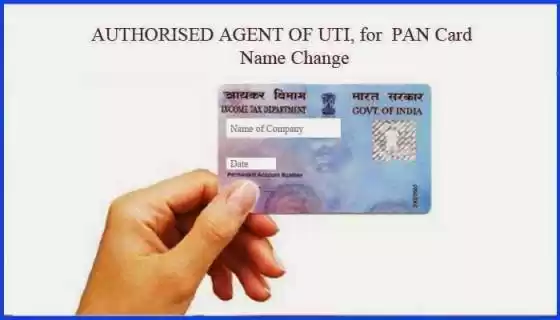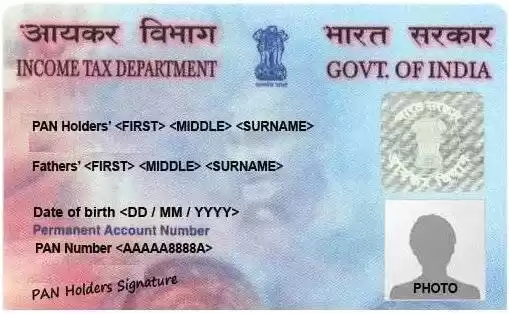Remember when ISPs employed to determine which email was spam determined by message content, like using "free" inside the subject line? These days, they pay more attention to what you do than to whatever you say. Building up your sender reputation will take time and effort, but destroying it might happen from the blink associated with an eye. Here are four techniques for finding banished from your inbox.
1. Using Old or Purchased Lists
This is a very common culprit when companies lose their email standing overnight. That's because both varieties of lists negatively affect a pair of the most common metrics ISPs use when attemping to figure out what you should let through and things to block: bounce rates and email spam-complaint rates.
Think twice before deploying an inventory that was not touched in additional than calendar year. The list may be filled with hard bounces ? contact information that are will no longer active. As with the addresses which might be still viable, you have not contacted them in way too long, they might not even remember what you are. That means those recipients are go here exponentially more prone to hit the spam button.
Purchased or rented lists may be even more perilous. Even if your list broker assures you you are buying an "opt-in list," confirm the fine print, if you're able to find any. The subscribers might have said yes to somebody, but that a person wasn't you. Email spam complaints are guaranteed.
You're also prone to sending to "spam-trap addresses," emails posted to your Web for that specific function of catching spammers. You see, the CAN-SPAM act causes it to become illegal to "scrape" or copy emails from Web sites and add these phones mailing lists. Many purchased lists are chock full of these illegal contacts, so when your message quickly scans the blogosphere to them, you may invariably find yourself on multiple blacklists although you may didn't carry out the scraping.
For these reasons, for no reason recommend resurrecting dormant house lists, or buying or renting subscriber list. But if you proceed using these lists anyway, anyway, remove obvious illegitimate emails like Viagra@aol.com or no@thanks.com before striking the send button.
2. Having a Shared IP Address
The computer server that sends your email marketing has an original IP address, and the email equal to a Social Security number or passport. The problem is, unlike an exclusive government ID that is certainly issued for you and you alone, the IP address relates to any each email appearing out of that server, regardless of whether different companies are sending those messages.
You may be sharing an IP address with some companies or possibly a few hundred companies, according to the server-farm setup of the email marketing company. You won't know who the other companies are, therefore you have virtually no control over their business. Yet, your marketing reputation are going to be only as effective as the worst company you share the IP with.
Many ESPs offer dedicated IP addresses for one more fee. A dedicated IP shows that only your business gets to send messages from that exact computer, providing you complete treating your email reputation. If protecting email deliverability is important for you, an avid IP is usually a worthwhile investment.
3. Sending Nonauthenticated Email
ISPs utilize a variety of authentication protocols to verify that you are whom you say you might be, for instance SPF, Sender ID and DomainKeys. These technical protocols allow ISPs to verify you are a legitimate mailer, someone participating visit http://ipancardstatus.co.in in spoofing, phishing or any other illegal activities.
Most email-marketing software provides support because of these various protocols, but authentication generally isn't something that you or maybe your ESP can activate without help. Someone within the technical side of one's business, for example a webmaster or IT person, has to spend a few moments updating DNS records that associate your small business's Web properties with specific IP addresses.
Check your ESP's user guide for instructions and verify that the "From" addresses are properly authenticated, because ISPs are more unlikely to deliver mail from people that aren't.

4. Neglecting to Send a Welcome Email
Sending a welcome email whenever new subscribers join your list is a lot more than a polite courtesy, it is a method of preventing future spam complaints.
A good welcome email reminds a new subscribers of your identiity, why they joined and what they have to can expect of your stuff in terms of message frequency, content and branding. It's also a chance to build goodwill by including a coupon or giveaway like a thank you for subscribing.
Promptly sending this initial welcome email boosts the likelihood that subscribers will recognize you once your production email arrives days or perhaps weeks later. And knowing what you do makes all the difference between reading your email and reporting it spam.
There's also one final deliverability profit to your welcome email. You can use it to encourage readers to accept one step that usually click here fast-tracks your messages for their inboxes: adding your email address for their address books or safe-sender lists.
Read How Valuable is Your Email? for more about the components of a superb welcome email, optin list management and marketing with email tips.
Protect Your Email Reputation
As you will notice, several bad moves can simply ruin your email reputation. You can improve email deliverability by merely being mindful of the lists, using a separate IP, authenticating your email and welcoming new subscribers. All four greatly assist toward protecting one within your company's best assets: its good name.Article Source: Fowler could be the director of marketing via email strategy, deliverability and privacy compliance for Lyris.

